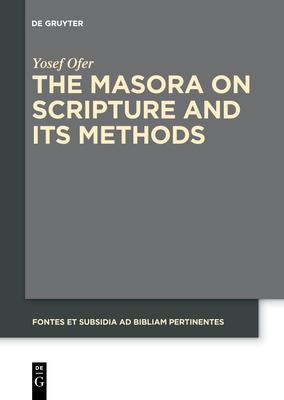
Yosef Ofer, of Bar-Ilan University and the Academy of the Hebrew Language, presents the way in which the Masoretic comments preserve the Masoretic Text of the Bible throughout generations and all over the world, providing comprehensive information in a short and efficient manner.
The book describes the important manuscripts of the Hebrew Bible, and the methods of the Masora in determining the biblical spelling and designing the forms of the parshiot and the biblical Songs. The effectiveness of Masoretic mechanisms and their degree of success in preserving the text is examined. A special explanation is offered for the phenomenon of qere and ketiv.
The book discusses the place of the Masoretic text in the history of the Bible, the differences between the Babylonian Masora and that of Tiberias, the special status of the Aleppo Codex and the mystery surrounding it. Special attention is given to the comparison between the Aleppo Codex and the Leningrad Codex (B 19a). In addition, the book discusses the relationship between the Masora and other tangential domains: the grammar of the Hebrew language, the interpretation of the Bible, and the Halakha.
The book is a necessary tool for anyone interested in the text of the Bible and its crystallization.
Yosef Ofer, of Bar-Ilan University and the Academy of the Hebrew Language, presents the way in which the Masoretic comments preserve the Masoretic Text of the Bible throughout generations and all over the world, providing comprehensive information in a short and efficient manner.
The book describes the important manuscripts of the Hebrew Bible, and the methods of the Masora in determining the biblical spelling and designing the forms of the parshiot and the biblical Songs. The effectiveness of Masoretic mechanisms and their degree of success in preserving the text is examined. A special explanation is offered for the phenomenon of qere and ketiv.
The book discusses the place of the Masoretic text in the history of the Bible, the differences between the Babylonian Masora and that of Tiberias, the special status of the Aleppo Codex and the mystery surrounding it. Special attention is given to the comparison between the Aleppo Codex and the Leningrad Codex (B 19a). In addition, the book discusses the relationship between the Masora and other tangential domains: the grammar of the Hebrew language, the interpretation of the Bible, and the Halakha.
The book is a necessary tool for anyone interested in the text of the Bible and its crystallization.
Paperback
$29.99